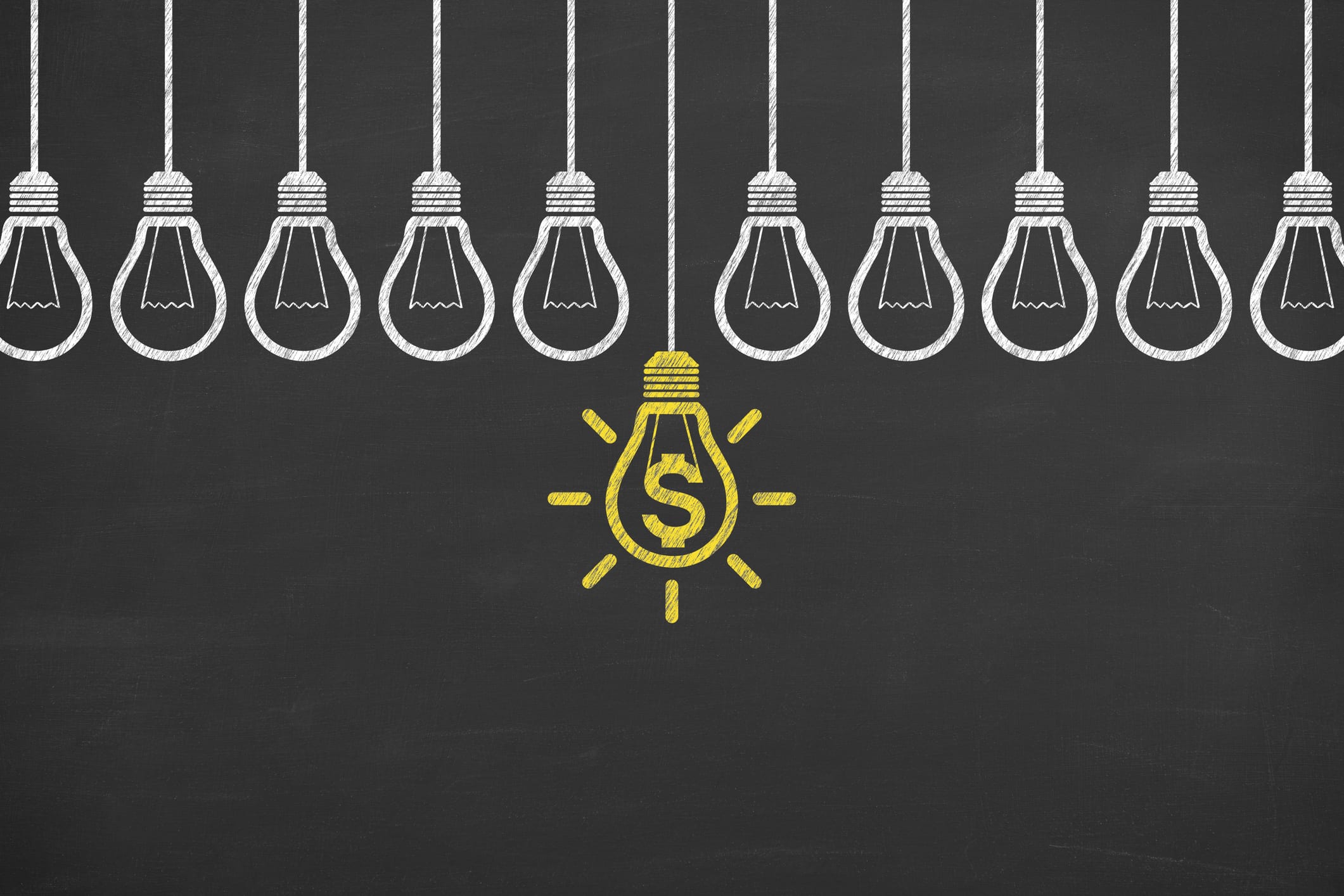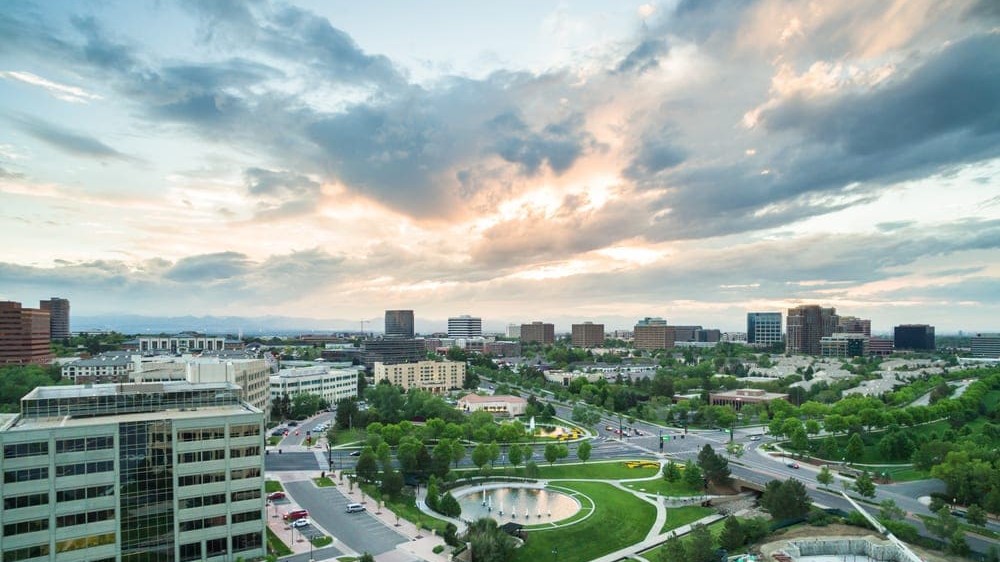Make an investment, let it grow and cash out.
Economics is easy, right?
When you’re talking about pure economic growth, it might seem pretty straightforward. But we’re talking about something else: economic development.
(If you’re not familiar with the differences between the two, check out our primer on the topic.)
Economic development is about making the economy work for every citizen, regardless of race, age, gender or socioeconomic status. The idea is that the long-term effects are far greater than cashing in on short-term investments, even when those seem more appealing at first.
One of the keys to economic development is looking at areas of investment that have largely been ignored or are not typically thought of as having economic benefits. These investments might not sound like big economic drivers at first, but it turns out they can have long-lasting, positive economic impacts:
Early childhood education
We all know it’s important for our kids to learn skills such as reading, writing and working as part of a group. It’s common sense, right?
But what it we approached early childhood education (ECE) as an investment, and not just a way to teach kids basic life skills?
Recent research is showing that treating ECE like any other economic development investment, particularly on a state level, can reap huge benefits. One study on ECE investment, particularly among impoverished populations in Minnesota, found “that early education investments yield a return that far exceeds the return on most public projects that are considered economic development.”
In terms of dollars, the program in the study yielded more than $8 for every $1 invested.
How does it work? Well, as the Brookings Institution says, “Economists have long believed that investments in education, or ‘human capital,’ are an important source of economic growth.”
For the workforce to have the skills the job market needs, and to increase worker productivity, we need to start early — according to research, at three to four years old.
Particularly as we face a growing employment gap in certain skilled trades, where there simply aren’t enough skilled workers to fill lucrative, stable jobs, ECE becomes critical to creating pathways for workforce development.
Criminal justice reform
Criminal justice reform is often thought of as a social issue, and there are certainly many social aspects to it. But what happens when we look at it through an economic lens?
According to The Hamilton Project, “total corrections expenditures more than quadrupled over the past twenty years.” As of 2010, annual spending on incarceration and corrections was well over $80 billion.
And state and local governments are footing the bill, with only 10 percent coming from federal funding. States and municipalities are pouring money into the corrections system, and this is one area where nothing’s coming back.
Crime has been steadily decreasing in the United States, yet incarceration rates remain extremely high, and it’s stymying economic growth. Incarcerated youth are less likely to become productive workers, even when they committed a non-violent crime, and high crime rates directly impact where people live and spend money.
Writing for the Brookings Institution, Melissa S. Kearney points out three ways The Hamilton Project proposes reforming our criminal justice system that will ultimately have a positive impact on the economy: invest in programs which deter disadvantaged youth from engaging in violence, reduce incarceration rates for non-violent offenders through sentence reform and provide support for formerly-incarcerated individuals to reenter the workforce and community.
With reform, state and local governments would save millions of dollars, even as they’re investing some of that money into programs aimed at reducing or easing incarceration effects on the economy.
Parks
On a nice spring day, we all know how beneficial parks can be for our well-being and general mood, but did you know they also carry long-term economic benefits?
Parks attract visitors, whether tourists from out of town or residents from other parts of the city who come and spend time and money nearby. Additionally, it’s estimated that homes within 500 feet of parks see a property value increase of an additional 5 percent compared to others — and that’s a conservative estimate.
And the value of parks is exponential. One recent study found that investing in a $24 million park and sports facility complex would pay for itself within 13 years, and would continue providing direct and indirect revenue from there.
Imagine the long-term benefits of parks that might be around for decades or longer. Take New York City’s Central Park, which has been around for about 120 years. It’s estimated the park brings in $1 billion annually in direct and indirect revenue.
It might not be obvious, but it’s clear
On the surface, investments in some of the items on this list might seem more like do-good social charity rather than smart economic investment. But the data is clear: there is significant, long-term economic benefit to making the right investment in the right programs.
And there’s never been a better time to get started.


